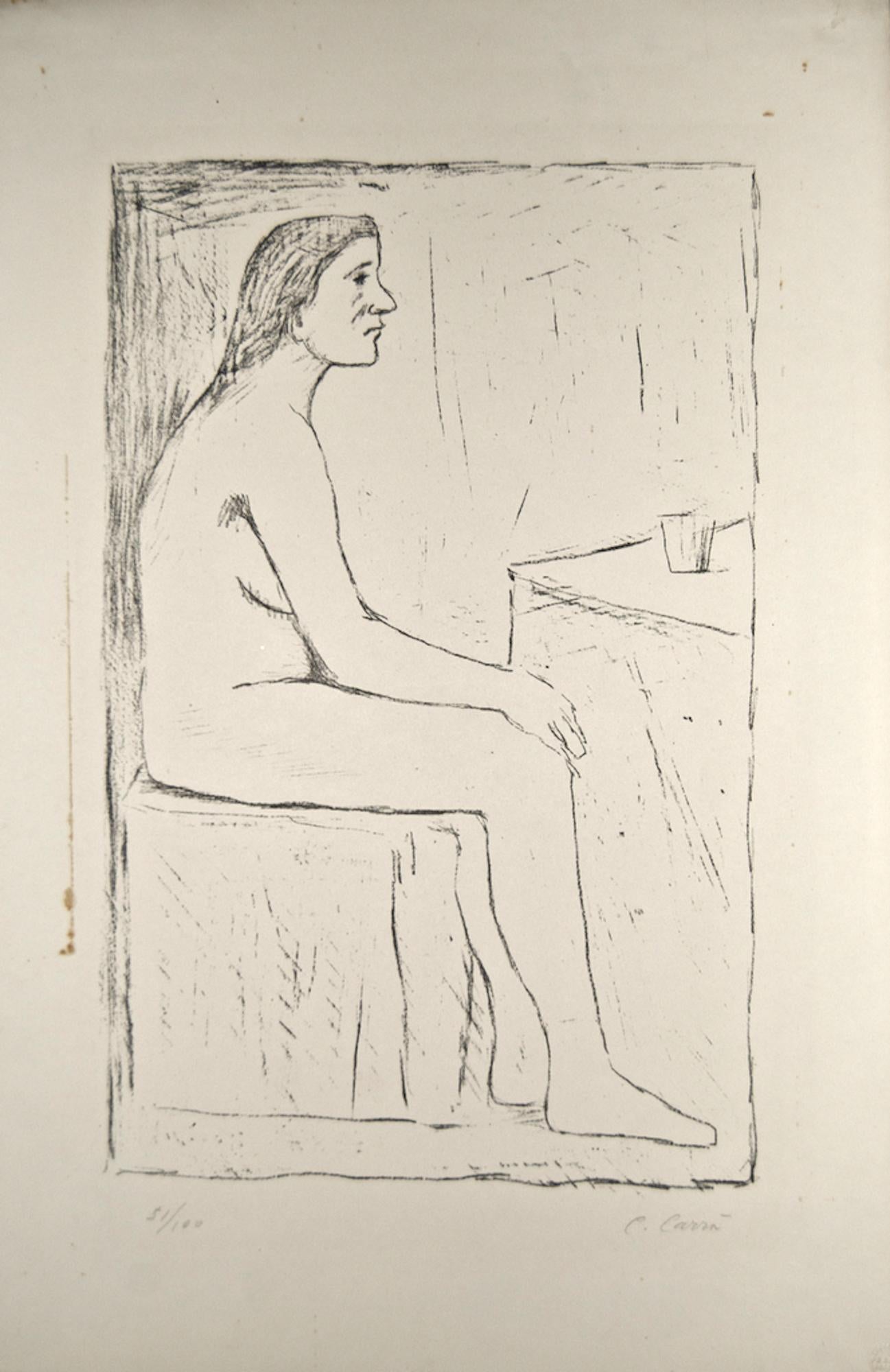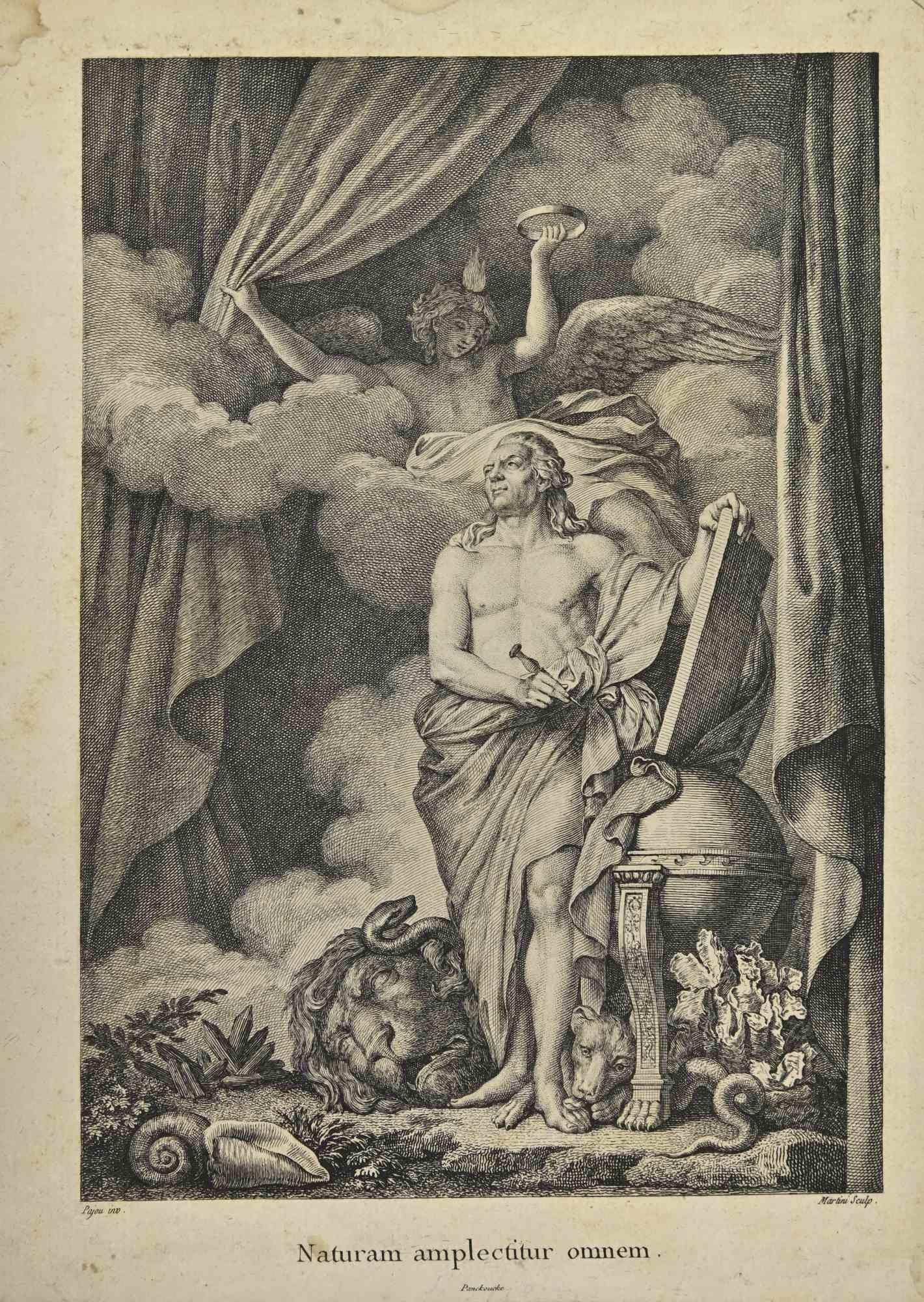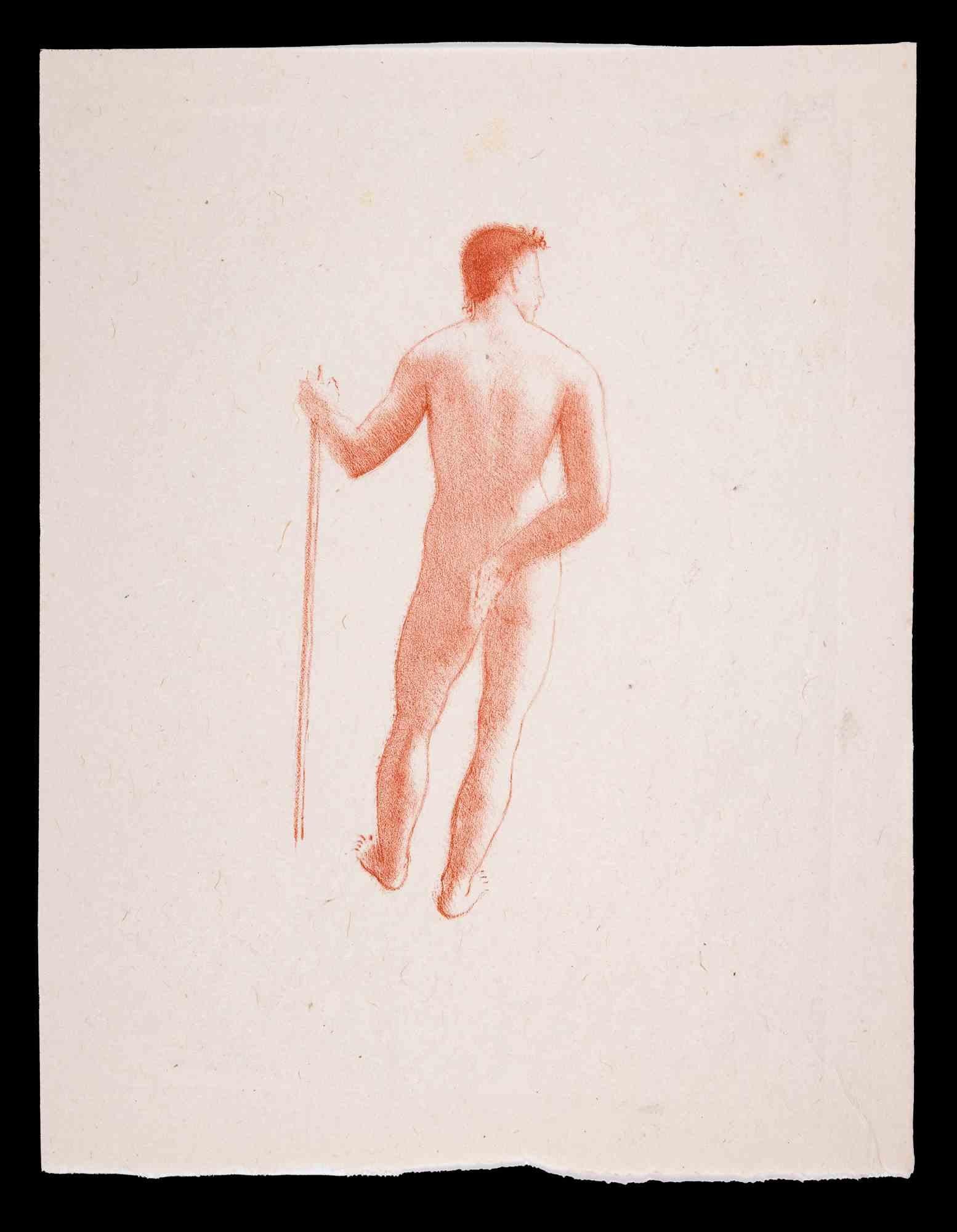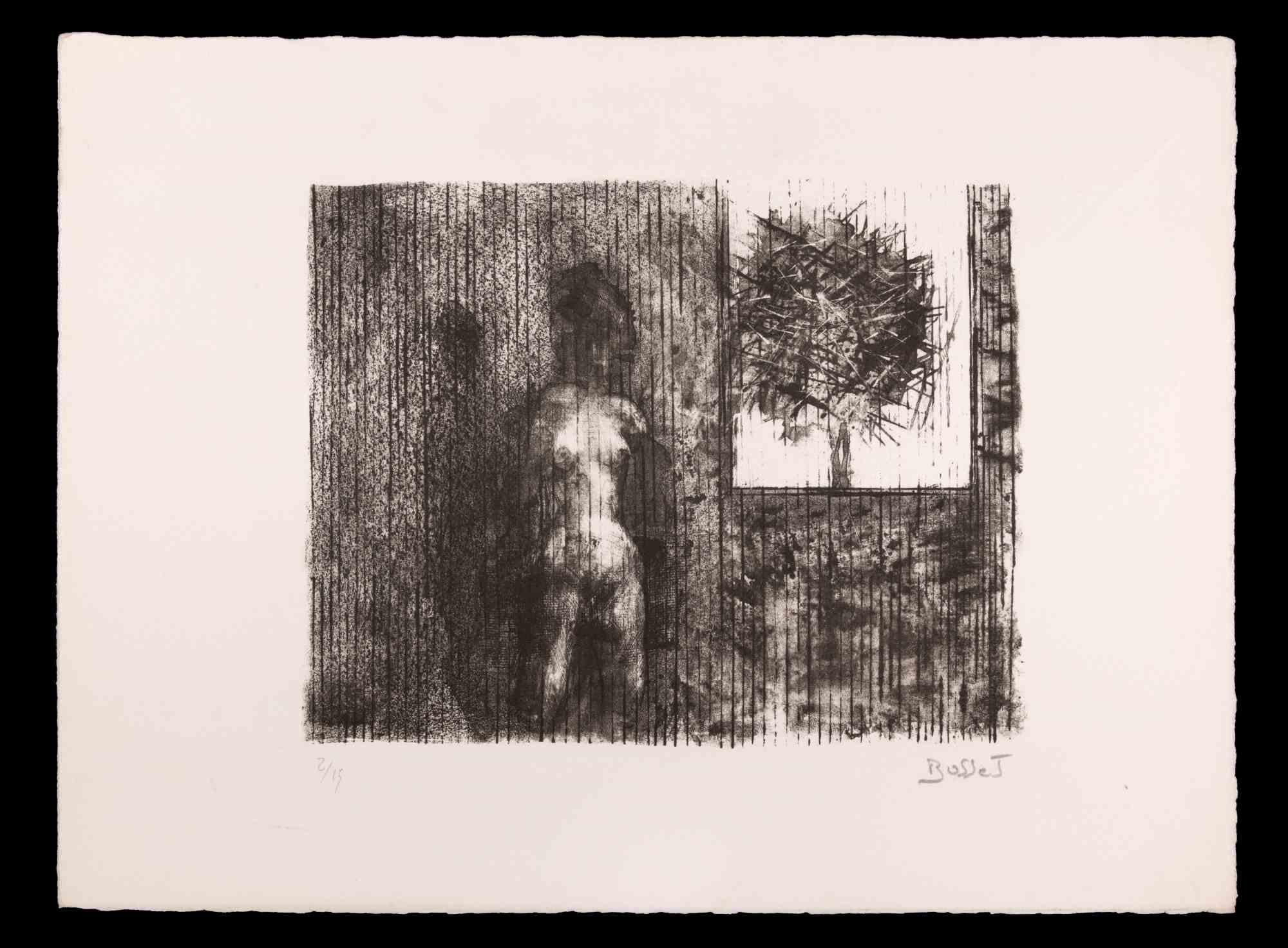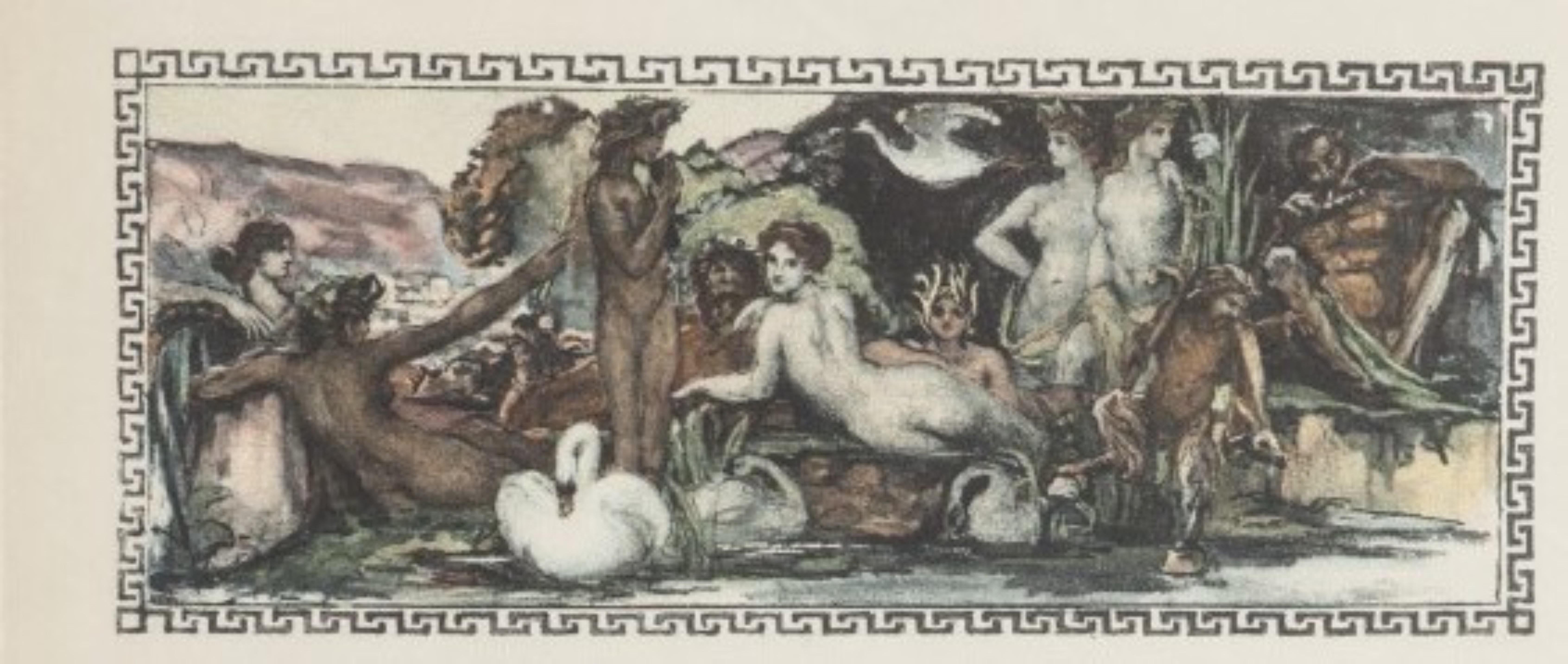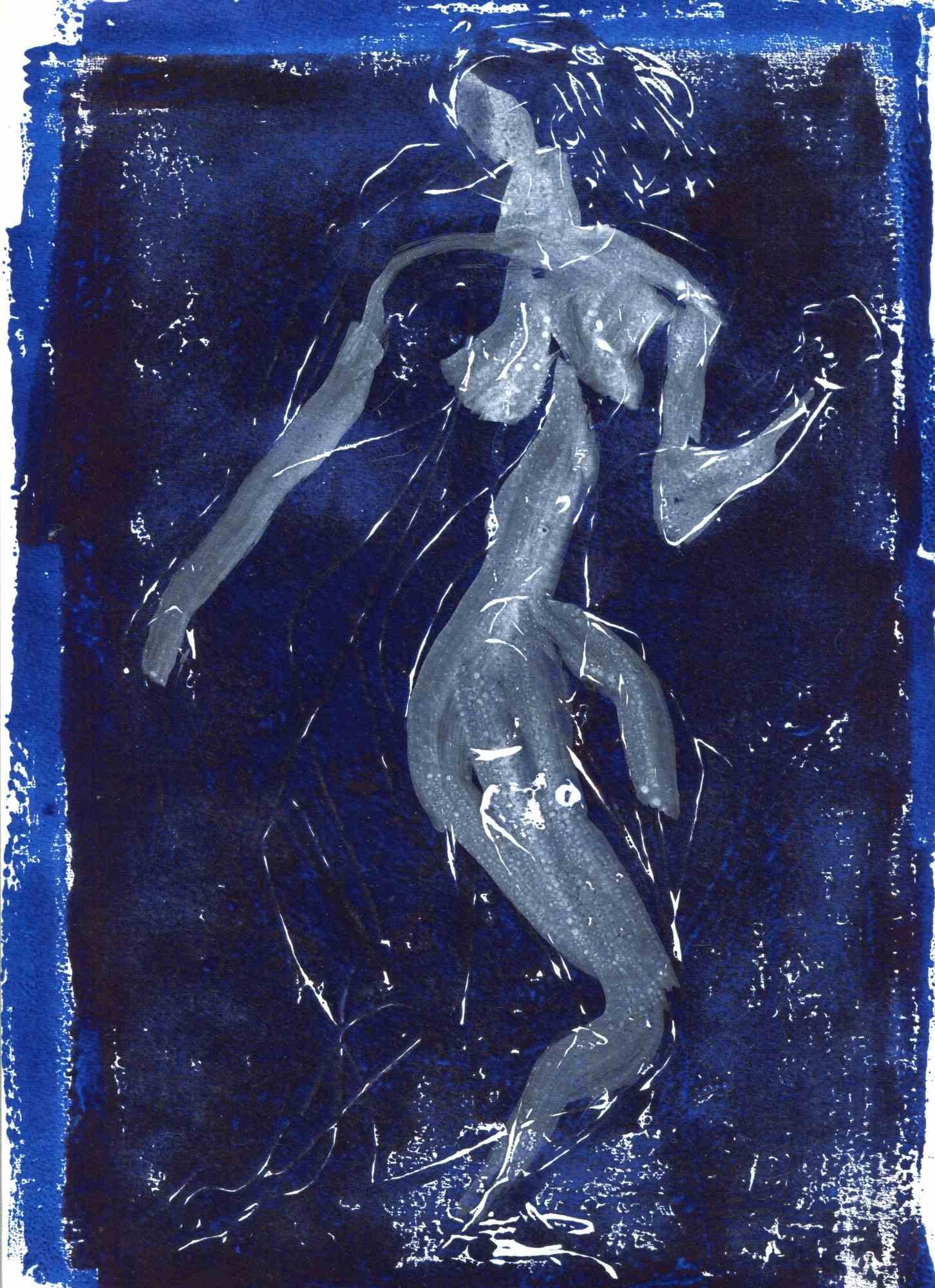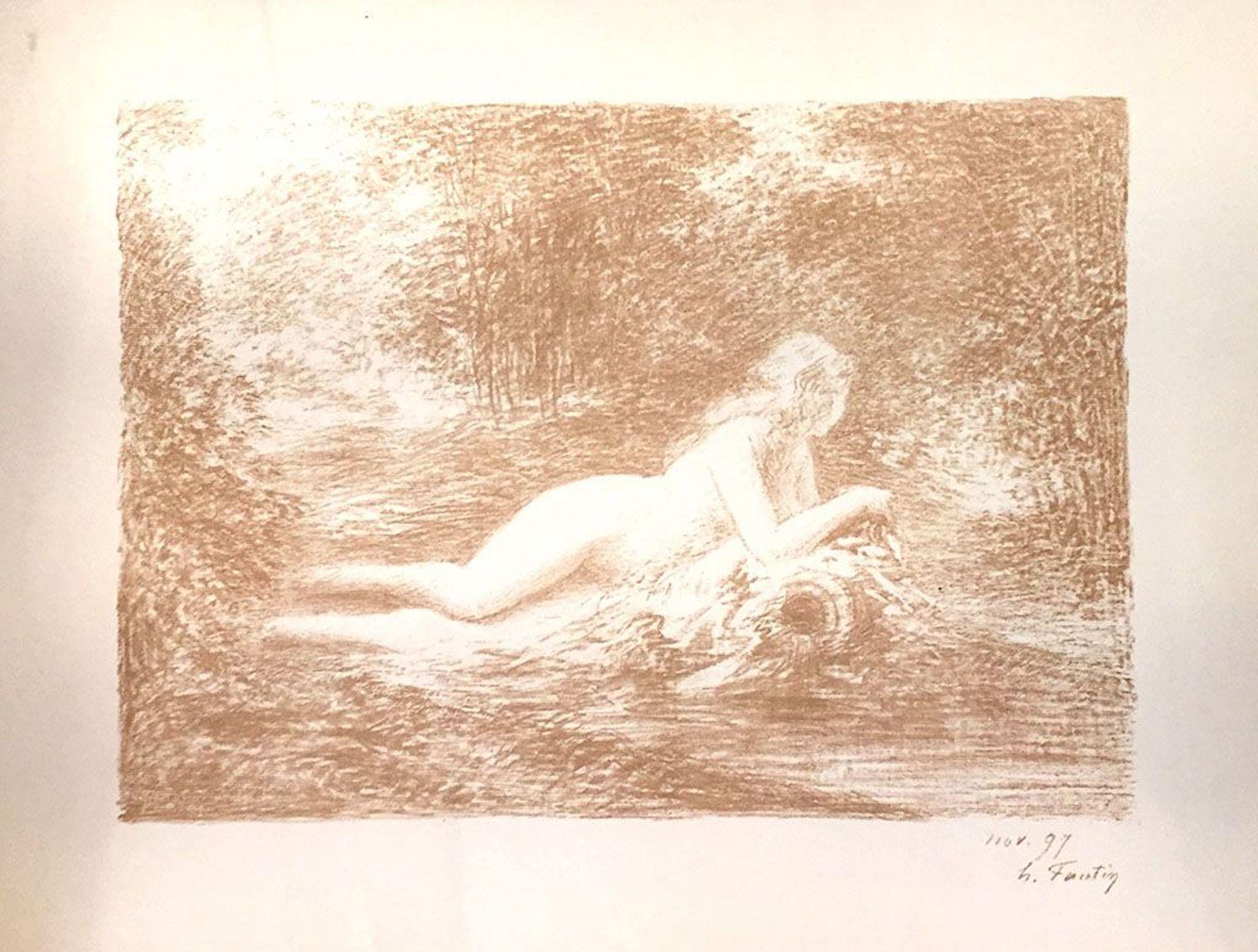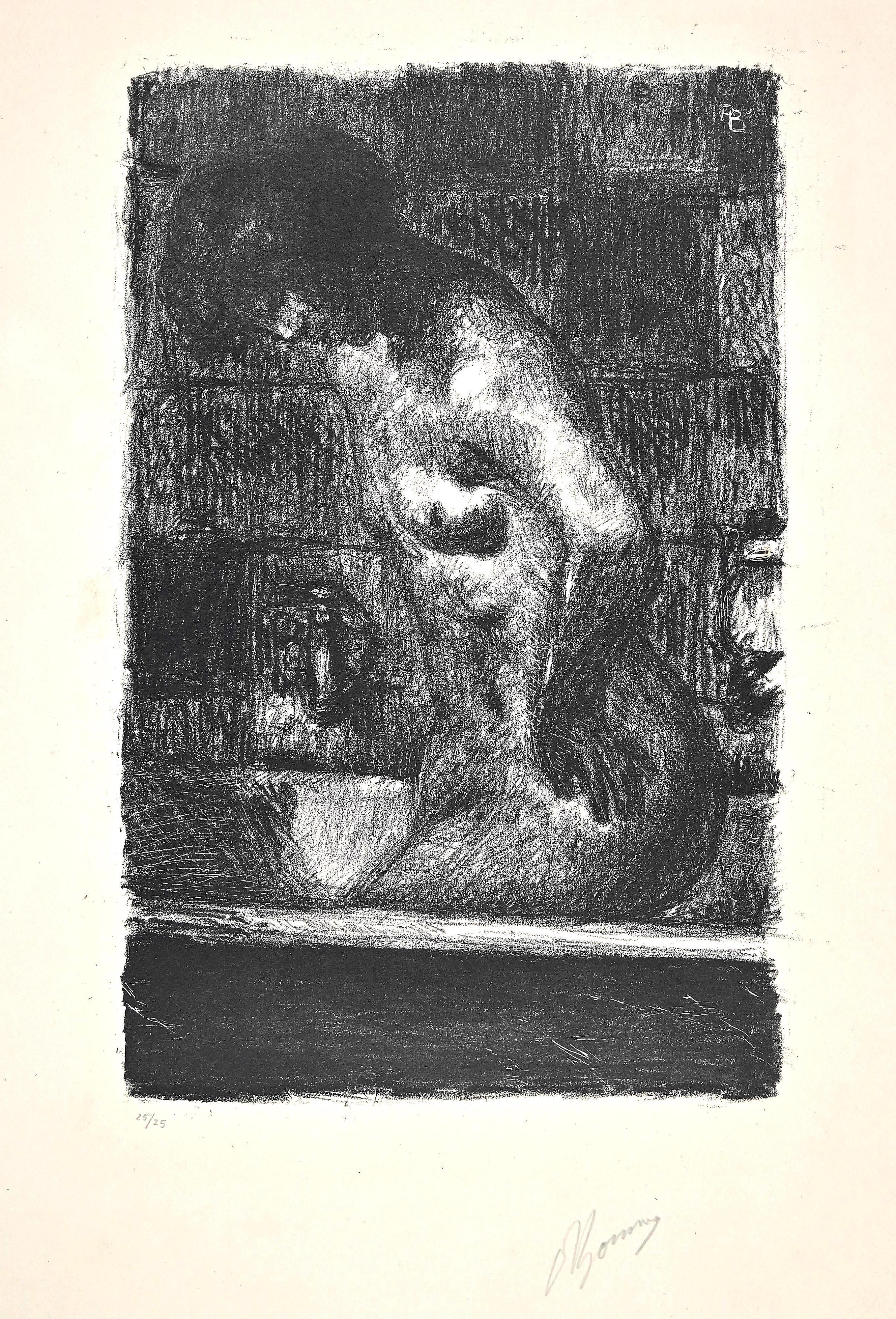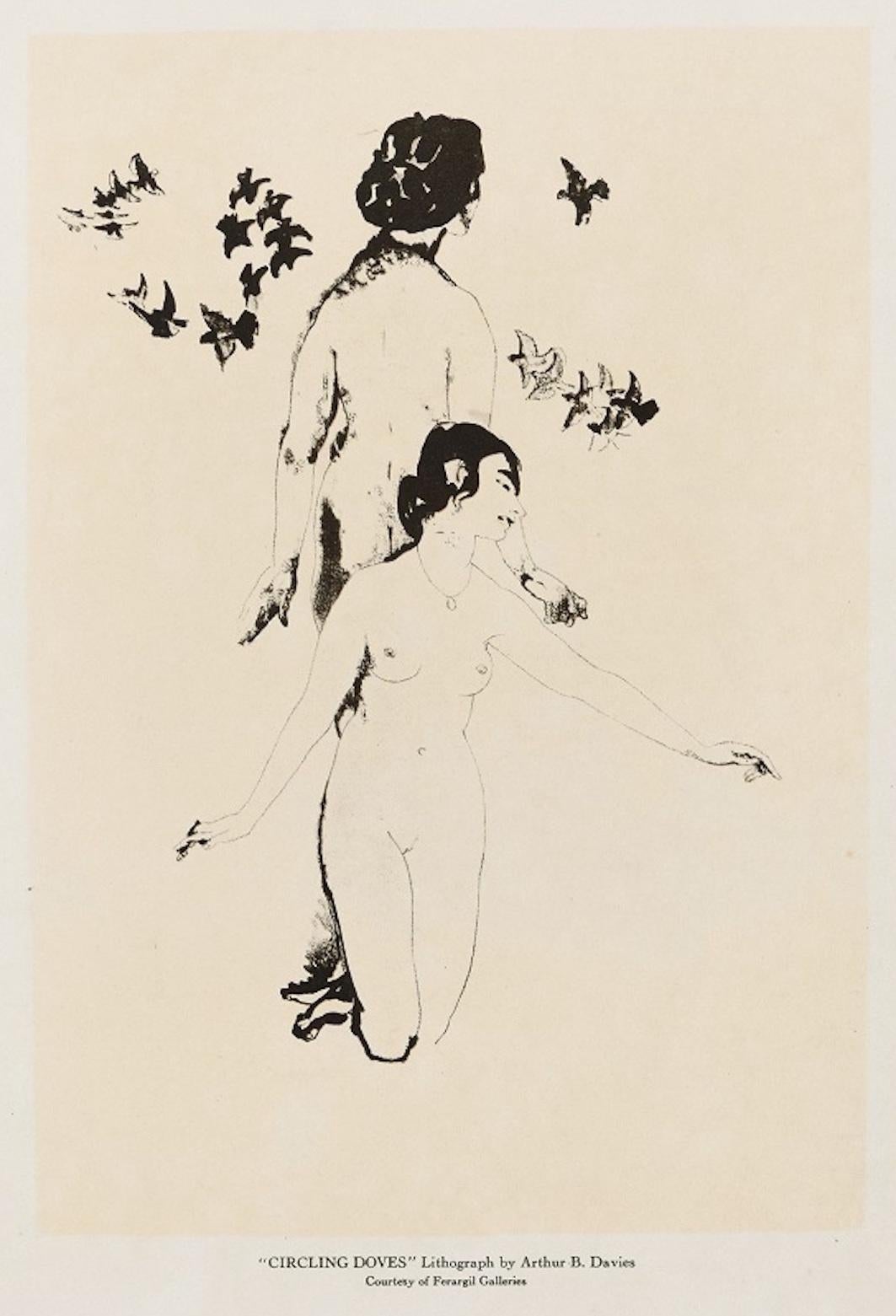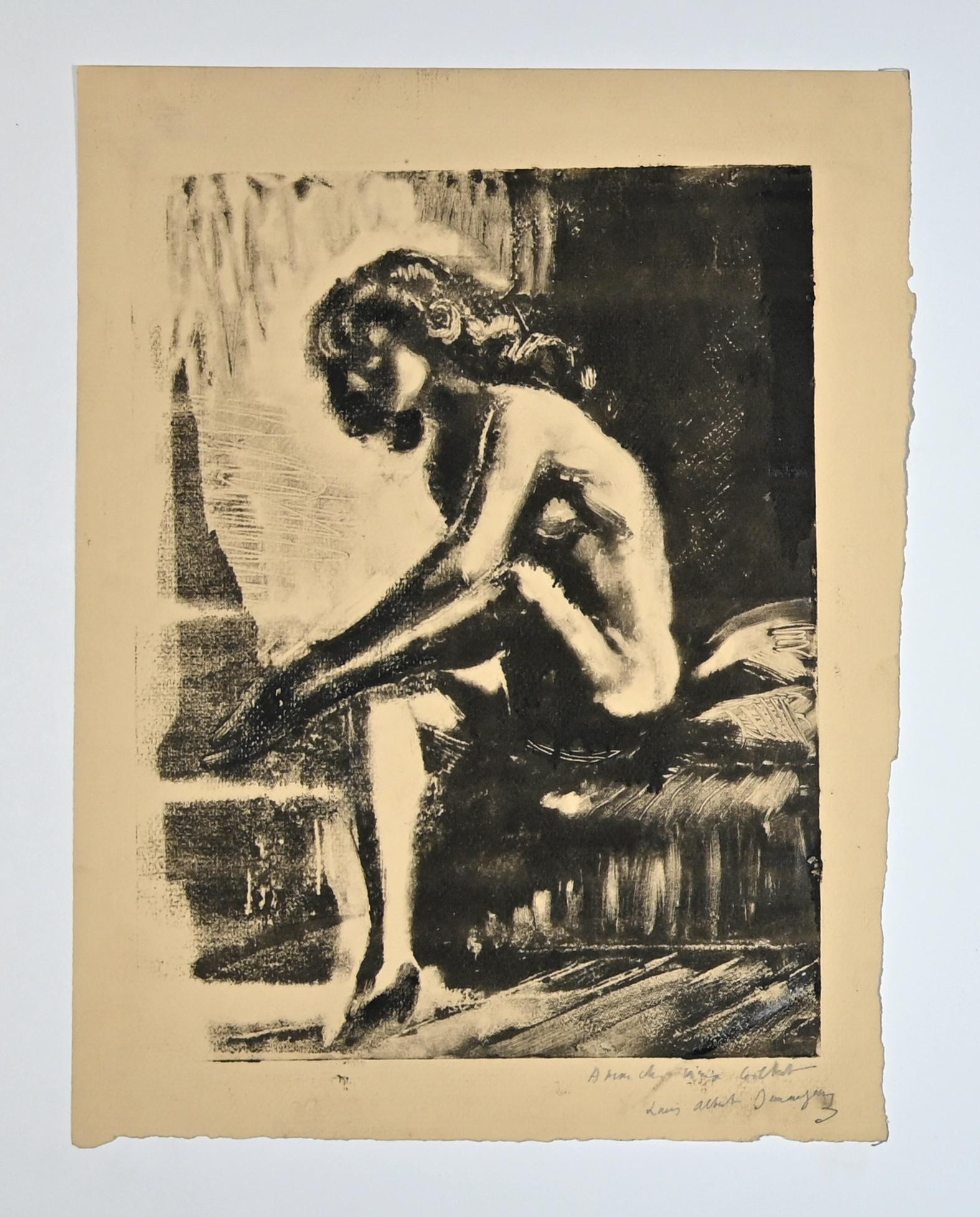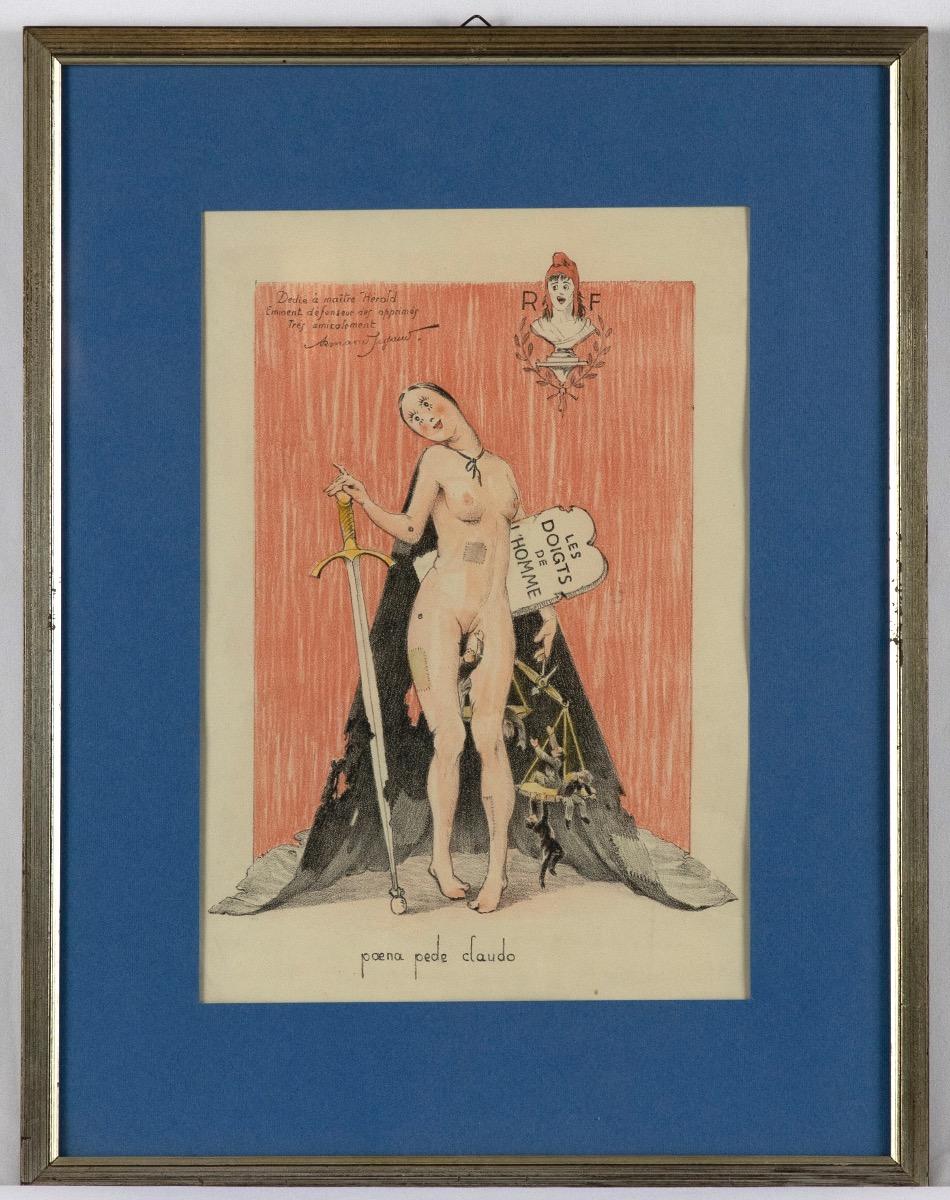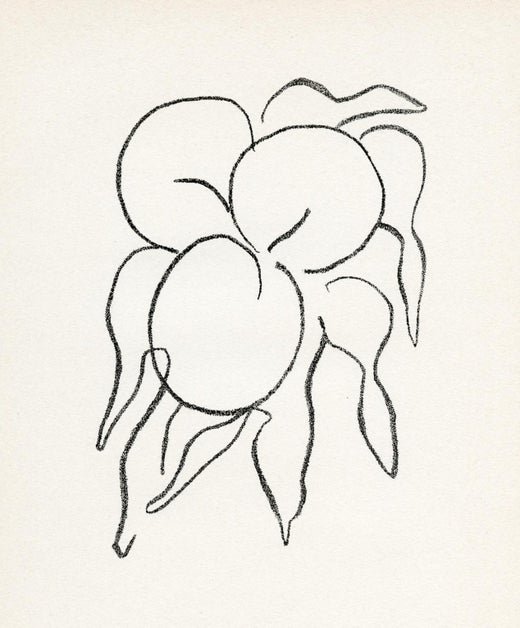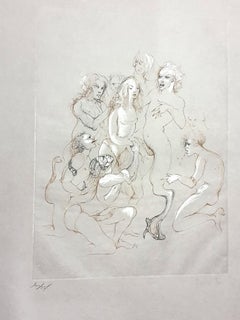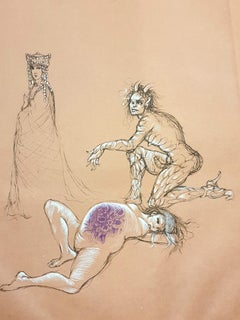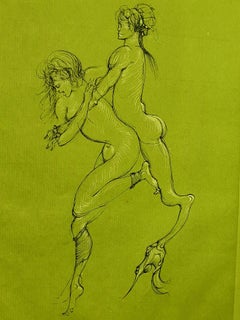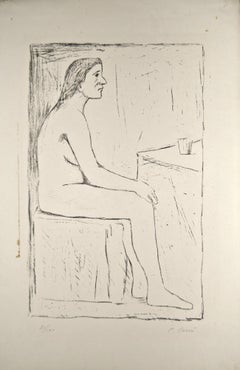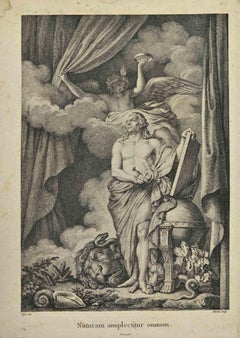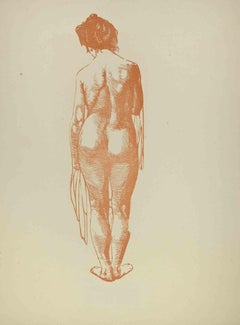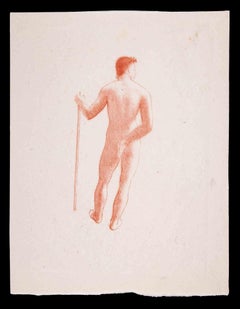
Original Lithograph - Henri Matisse - Resting Blue Nude
View Similar Items
Henri MatisseOriginal Lithograph - Henri Matisse - Resting Blue Nude
About the Item
- Creator:Henri Matisse (1869-1954, French)
- Dimensions:Height: 29.93 in (76 cm)Width: 22.05 in (56 cm)Depth: 0.04 in (1 mm)
- Medium:
- Movement & Style:
- Period:
- Condition:
- Gallery Location:Collonge Bellerive, Geneve, CH
- Reference Number:1stDibs: LU16121252473
Henri Matisse
Whether working as a draftsman, a sculptor, a printmaker or a painter, Henri Matisse was a master of color. Although classically trained at the Académie Julian, in Paris, he quickly abandoned traditional techniques and genres to pioneer a style all his own, marked by quick, gestural strokes and fluid contours.
Along with fellow painter André Derain, Matisse was the leading proponent of Fauvism, a movement whose name is derived from the French word for "wild beast.” Marked by vibrant hues, Fauvist paintings like Matisse’s famous 1906 composition Le Bonheur de vivre use wild, active brushstrokes and a palette unconstrained by nature, resulting in women with purple skin and trees with orange leaves. Often, these compositions unite pure color with the white of exposed canvas to create a sense of transparency and light.
In addition to masterful landscapes and still lifes, Matisse loved to paint erotic subjects, particularly the female nude. Rejecting strict realism, he distilled the form into its essential parts and then translated these into voluptuous, rounded contours. With its striking colors and sculptural modeling of the figure, Odalisque couchée aux magnolias is among Matisse’s most famous works — and the most expensive work of his ever sold — depicting Henriette Darricarrère, his muse and favorite model for around seven years, lounging luxuriously in his Nice studio. In pictures like the lithograph Nu Bleu, he explored the expressive power of a body in motion by placing his figures in twisted or contorted poses, transforming their limbs into tangles of color and shape that push figure painting toward abstraction.
Find original Henri Matisse prints, sculptures and other art on 1stDibs.
More From This Seller
View All1980s Modern Nude Prints
Lithograph
1980s Modern Nude Prints
Lithograph
1980s Modern Nude Prints
Lithograph
1980s Modern Nude Prints
Lithograph
1960s Modern Figurative Prints
Lithograph
1980s Modern Nude Prints
Lithograph
You May Also Like
1910s Modern Nude Prints
Lithograph
18th Century Modern Figurative Prints
Lithograph
Early 20th Century Modern Figurative Prints
Lithograph
Mid-20th Century Modern Figurative Prints
Lithograph
Mid-20th Century Modern Figurative Prints
Lithograph
Early 20th Century Modern Figurative Prints
Lithograph
